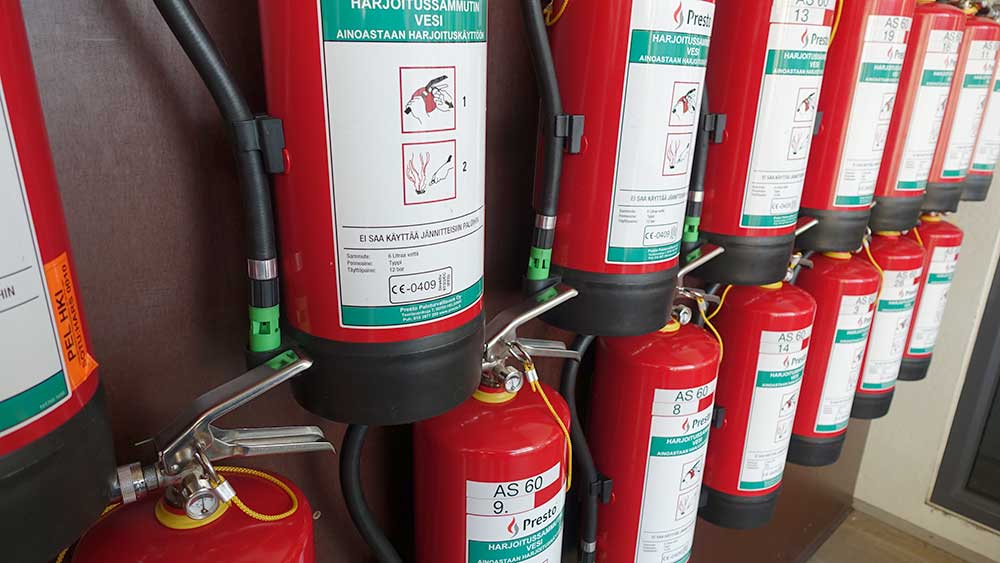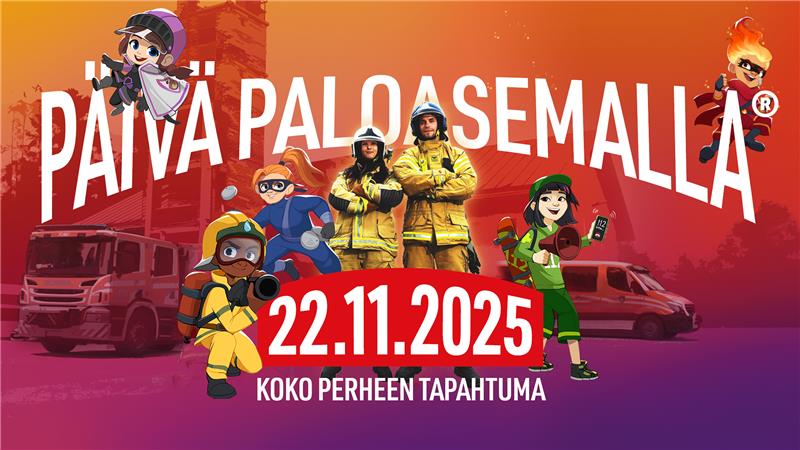
Attitudes and cooperation decisive in reaching incident prevention targets

The final report on the implementation of the action plan for incident prevention for rescue services has now been published. According to the report, closer cooperation between different actors is needed and tools must be developed for qualitative evaluation.
A joint action plan for incident prevention for rescue services drawn up in 2019 specifies the national impact targets for the operations. The process was led by the Ministry of the Interior. Through these targets, rescue services will be able to deal with the key incidents with respect to the security and safety of the society and people.
A comprehensive process was launched to put the action plan into practice. During this year, a preliminary survey was conducted to compile the views of experts and management involved in incident prevention on how realistic the impact targets of the action plan appear to be from the perspective of each organisation operating in the sector.
The report that has now been published presents a summary of this process. Based on the results of the survey, the report provides a picture of the situation in the country in terms of incident prevention by rescue services in relation to the impact targets, discusses the interactions between the impact targets and sums up the ideas for measures proposed in the workshops for all to use.
Cooperation, leadership culture and impact assessment in key position
In the workshops, the rescue service personnel considered cooperation as the most important impact target to be developed further. One of the conclusions of the report was that, besides the work done with other actors, cooperation within the organisations also plays a key role in terms of reaching the impact targets. Closer cooperation between actors involved in incident prevention and those who work on rescue operations is needed and all potential synergies must be harnessed.
It should also be noted that there are considerable differences in the leadership culture and general atmosphere between the different rescue service organisations. These are often reflected in the quality of the services provided to the public, the starting points for cooperation and other prerequisites for achieving the impact targets.
The process also showed that in rescue services there is a need for more comprehensive qualitative evaluations of the operations and impacts assessments over a longer term. Besides quantitative monitoring, indicators must be strongly developed from the perspective of qualitative assessments as well. For example, tools for measuring satisfaction should be introduced and used in more diverse ways.
Personnel’s attitudes provide a good platform for development
Rescue services provide a good setting for developing all the above-mentioned aspects of the operations. The personnel of rescue service organisations have an open attitude and a lot of forward-looking ideas that should be used in developing incident prevention services and putting the impact targets into practice.
As summed up in the report, the organisations must create a procedure in which ideas can be presented, processed, monitored and implemented. The best way to put new ideas into practice is by strengthening the culture of experimentation.
Inquiries:
Jari Lepistö, Senior Officer for Rescue Services, tel. +358 295 488 218, jari.lepisto@intermin.fi
Attitudes are crucial – this also applies to incident prevention by rescue services : A national summary of existing incident prevention capabilities and measures to implement the action plan
Det senaste
 Pressmeddelande
Pressmeddelande
 Pressmeddelande
Pressmeddelande
 Pressmeddelande
Pressmeddelande
 Pressmeddelande
Pressmeddelande
 Pressmeddelande
Pressmeddelande


